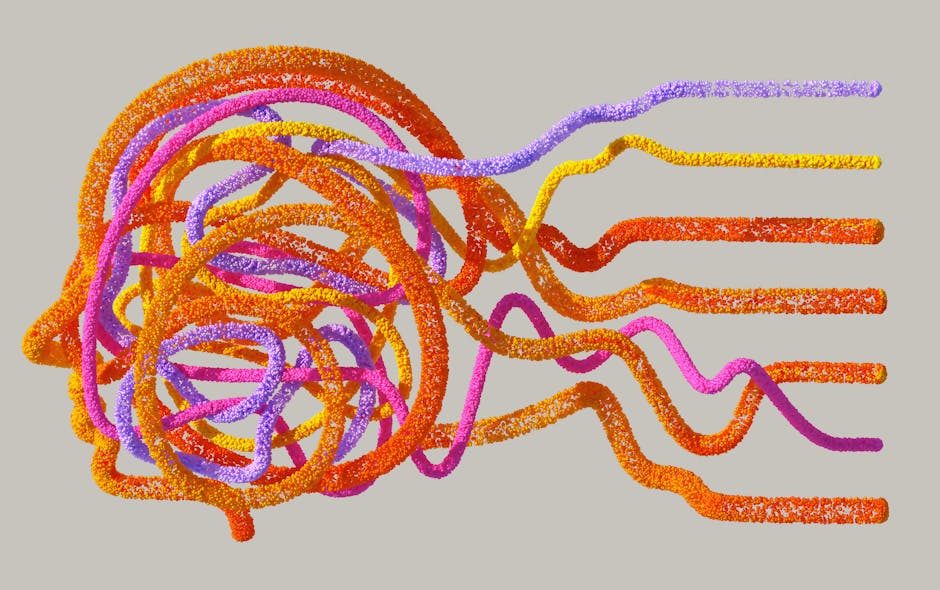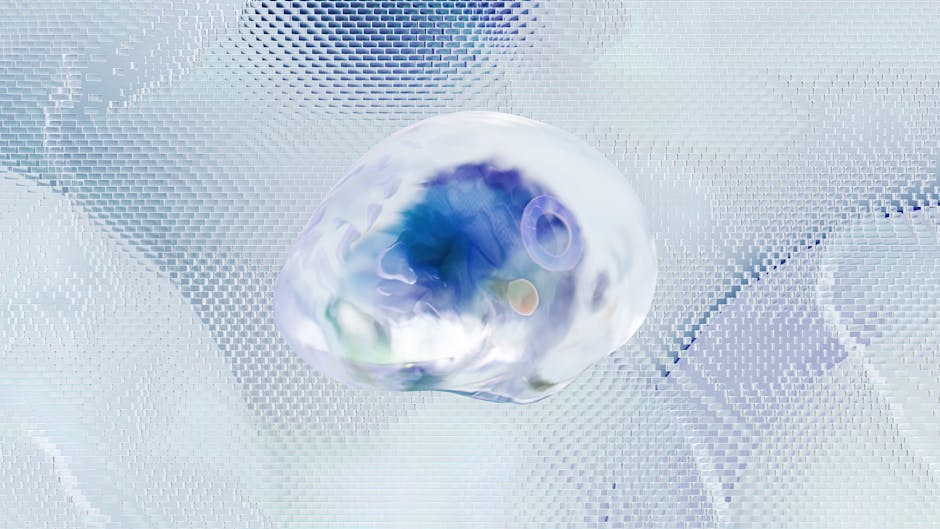Unraveling the Enigma of NPH Brain: Hydrocephalus, Symptoms, Diagnosis, and Treatment
Understanding Normal Pressure Hydrocephalus (NPH)
Normal pressure hydrocephalus (NPH) is a neurological condition characterized by an accumulation of cerebrospinal fluid (CSF) within the brain’s ventricles. Unlike other forms of hydrocephalus where the pressure within the skull is elevated, NPH presents with normal or only slightly elevated CSF pressure. This seemingly paradoxical condition can lead to a range of debilitating symptoms, significantly impacting a person’s quality of life. The exact cause of NPH remains largely unknown, making diagnosis and treatment challenging.
The Mechanics of NPH
Cerebrospinal fluid (CSF) acts as a cushion, protecting the brain and spinal cord from injury. It’s constantly produced and reabsorbed, maintaining a delicate balance. In NPH, this balance is disrupted. While the pressure may be normal or near-normal, the excess CSF expands the ventricles, putting pressure on brain tissue. This pressure, even if not overtly high, can lead to a cascade of neurological problems.
Several theories attempt to explain the mechanisms behind NPH. One prominent theory suggests impaired CSF absorption. The arachnoid villi, responsible for CSF reabsorption, may be dysfunctional, leading to CSF buildup. Other contributing factors might include disturbances in CSF production or flow dynamics within the ventricular system.
Symptoms of NPH: The Triad and Beyond
The classic presentation of NPH involves a triad of symptoms: gait abnormalities, urinary incontinence, and cognitive impairment. However, it’s crucial to understand that not every individual with NPH exhibits all three symptoms, and the severity of each symptom can vary significantly.
Gait Abnormalities
Gait disturbances are often the most prominent and early symptom of NPH. This can manifest as an unsteady, wide-based gait, characterized by short, shuffling steps and a tendency to fall. The affected individual may experience difficulty initiating movement or turning. This is often described as a “magnetic” gait, where the feet seem to stick to the ground.
Urinary Incontinence
Urinary incontinence in NPH often presents as urgency and frequency, sometimes accompanied by nocturia (frequent urination at night). This is attributed to the pressure exerted on the brain regions controlling bladder function.
Cognitive Impairment
Cognitive decline in NPH can manifest in various ways, including slowed thinking, difficulty with memory and concentration, and impaired executive function. This cognitive decline can range from mild forgetfulness to more severe dementia-like symptoms. The specific cognitive deficits can vary depending on the affected brain areas.
Other Potential Symptoms
Beyond the classic triad, other symptoms may be present, including apathy, depression, personality changes, and even headaches. The combination and severity of symptoms can vary significantly between individuals, making diagnosis challenging.
Diagnosis of NPH: A Multifaceted Approach
Diagnosing NPH requires a comprehensive approach, involving a careful clinical evaluation, neuroimaging studies, and potentially further investigations.

Clinical Evaluation
A thorough neurological examination is crucial, focusing on gait, cognitive function, and urinary symptoms. The doctor will assess the patient’s medical history, paying attention to the onset and progression of symptoms.
Neuroimaging
Neuroimaging techniques, particularly magnetic resonance imaging (MRI), are essential for visualizing the brain’s ventricles and assessing ventricular enlargement. Computed tomography (CT) scans can also provide valuable information, although MRI is generally preferred for its superior soft tissue contrast.
CSF Pressure Measurement
While not always definitive, lumbar puncture to measure CSF pressure can be helpful in ruling out other conditions. In NPH, the pressure is often within the normal range, although it may be slightly elevated in some cases.
Other Diagnostic Tests
Depending on the clinical presentation, additional tests might be necessary to rule out other conditions that mimic NPH. These tests may include blood tests, electroencephalograms (EEGs), and cognitive assessments.

Treatment for NPH: Ventriculoperitoneal Shunting
The primary treatment for NPH is ventriculoperitoneal (VP) shunting. This surgical procedure involves placing a shunt, a small tube, into one of the brain’s ventricles to drain excess CSF into the peritoneal cavity (the abdominal cavity). The shunt diverts the excess CSF, reducing pressure on brain tissue and potentially alleviating symptoms.
Shunt Complications
While VP shunting is often effective, it’s not without potential complications. These complications can include shunt malfunction (blockage or infection), bleeding, and headaches. Regular follow-up appointments are crucial to monitor the shunt’s functionality and address any potential complications.
Alternative Treatment Options
In some cases, where shunting is not feasible or desired, other treatment approaches may be considered. These may include medication to manage urinary incontinence or cognitive impairment, and physical therapy to improve gait.

Prognosis and Long-Term Outlook
The prognosis for NPH varies significantly depending on several factors, including the severity of symptoms, the individual’s overall health, and the response to treatment. With successful VP shunting, many individuals experience significant improvement in their symptoms, particularly gait and cognitive function. However, some individuals may not experience complete resolution of symptoms, and ongoing management may be required.
Research and Future Directions
Ongoing research is focused on better understanding the causes of NPH, improving diagnostic techniques, and developing more effective treatments. Researchers are investigating potential pharmacological interventions that could improve CSF absorption or reduce CSF production. Advances in neuroimaging techniques are also helping to refine diagnostic accuracy.
Living with NPH: Support and Resources
Living with NPH can present significant challenges, but it’s important to remember that effective treatment options are available. Support groups and online resources can provide valuable information and connect individuals with others facing similar challenges. Seeking support from healthcare professionals, family, and friends is crucial for maintaining quality of life.
Understanding NPH, its symptoms, diagnostic approaches, and available treatments is crucial for improving patient outcomes and improving the lives of those affected by this complex condition. Continued research and advancements in medical care offer hope for a brighter future for individuals living with NPH.





